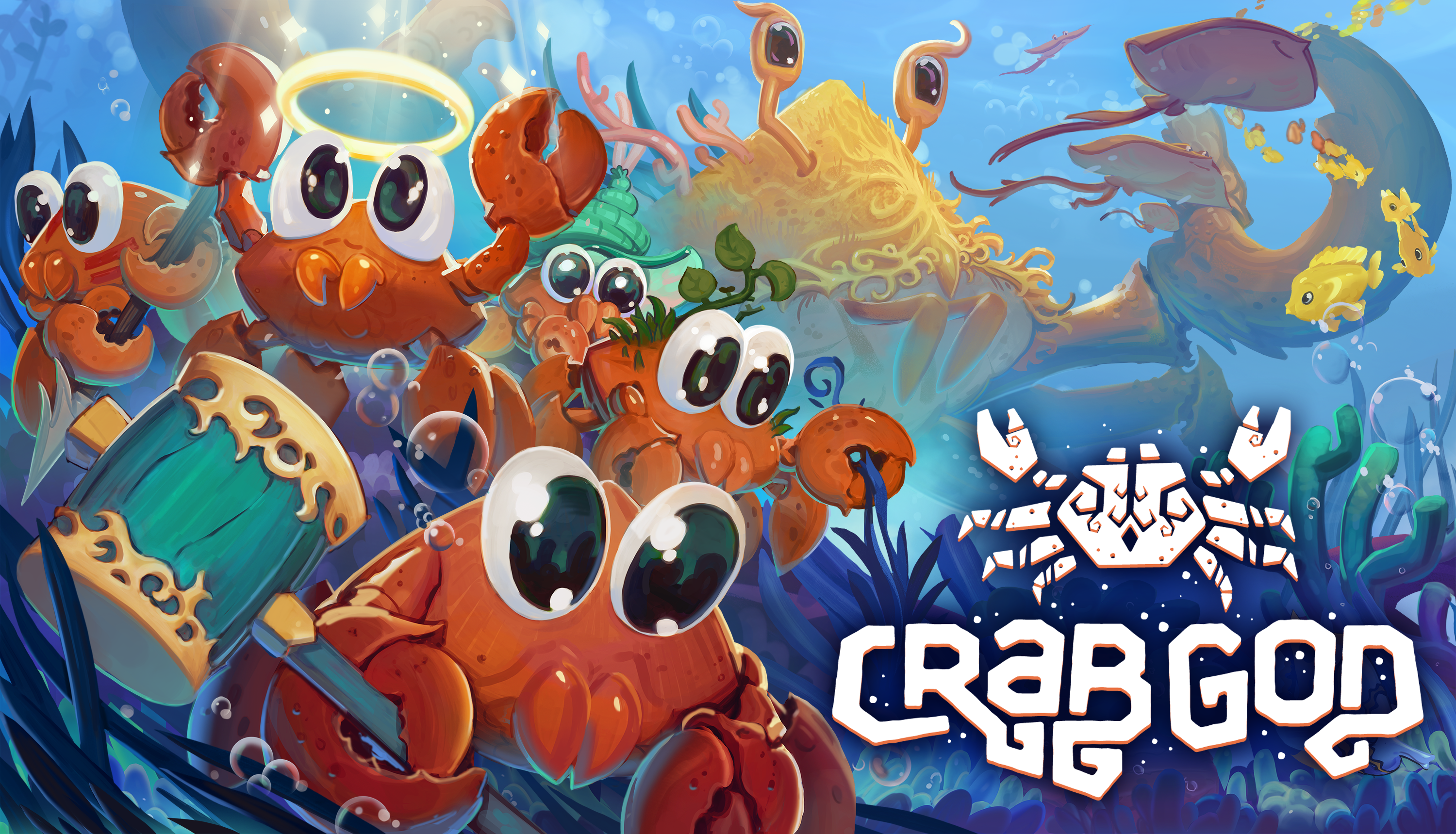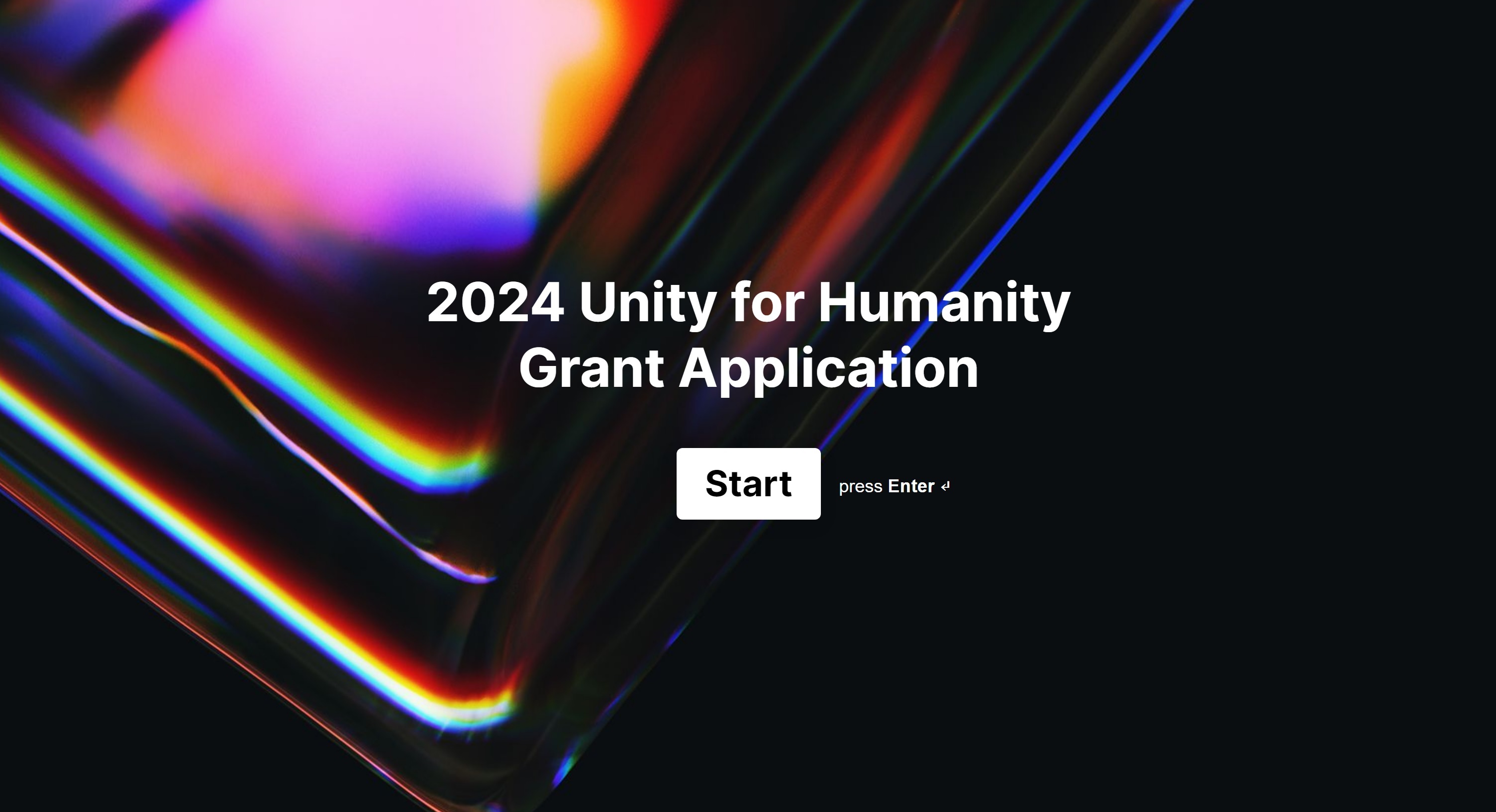
Building Impact plans and measurement outcomes
Tutorial
·
Beginner
·
+10XP
·
15 mins
·
(38)
Unity Technologies

Learn how to create a good impact plan, that includes measurement outcomes, for your Unity for Humanity application.
1. Introduction
Part of your submission for a Unity for Humanity grant is an impact plan, which is your opportunity to describe the specific impact goal or goals you’ve identified and to articulate how the design and experience of the game will help to bring about that impact. A good impact plan will cover two key parts: describing the impact goal and articulating the impact plan.
2. Describing the impact goal
Using some of the tools above in section 1.3, describe the impact goal of your game. This may be in terms of the intended impact on the player or may be the intended impact on the broader environment. In many cases, it will be both.
For example in grantee Crab God, by Chaos Theory Games, the team described both player-centric and world-centric impact goals:
- The player will become inspired and educated about the undersea world populated by crabs and other plants and animals (but especially crabs).
- The environmental cause will be advanced in real-world action.

3. Articulating the impact plan
Taking your goals a step further into an actual impact plan will make your application even stronger. By describing specific design elements or concrete plans, the overall intended impact of your game will take on a fuller form.
Again using Crab God as an example, the team described the following impact plan:
- The game design features a rich simulation of crab life, the game uses beautiful graphics to inspire players, and the simulation includes seeing the impact of negative human behaviors on the environment of the crabs and other interesting creatures.
- The game encourages micro-donations by players to relevant non-profits, and part of the game’s profit is also donated.
You should also consider measuring outcomes when creating your impact plan. Plans for making impact outcomes visible via measurement outcomes can make impact goals far clearer.
4. Measuring outcomes
Part of the Unity for Humanity grant process includes a review of your project’s impact goals and impact plan. While formal assessment is not a requirement of the application, giving thought to how the impact of your game could (in an ideal world) be measured can be extremely productive:
- It strengthens your application, making it easier to understand exactly what it is that you intend your project to achieve.
- It strengthens your game design! Having measurement strategies in mind can make your design process more clear and focused.
There are many ways to tackle this topic, which require varying amounts of resources and depend a lot on your subject area and your audience. Here are a few general concepts to bear in mind.

5. Quantitative vs qualitative measurement
Let’s define quantitative and qualitative measurements:
- Quantitative research is numerical measurements of player actions, time spent playing the game, or many other possible measurements. Quantitative methods are particularly valuable when consistency or scale is important; for example, when educational goals are involved.
- Qualitative research is non-numerical, generally asking users open-ended questions to get a sense of their experience or frame of mind, conducting surveys, or using other methods to get a sense of their subjective experience.
In an ideal case, a combination of quantitative and qualitative would be used. However, with limited resources at hand, it is often best to focus on qualitative questions, as they allow a fuller sense of the user’s experience.
6. Measurement in context of impact goals
Whatever measurements you plan, remember to refer back to your impact goals to guide the work. For example, if you’re creating a survey for players to fill out, how well does the survey match the intended change in mindset of the player? If you intend to gather quantitative data, to what extent does that data help to prove impact?
We recommend coming up with some of these strategies and ideas early in development and revising them as production continues, rather than waiting until the game is playable. You might find it remarkable how much clearer and easier an assessment strategy makes the job of game design.
Isn’t this playtesting?
Kind of. The goals of playtesting, including things like evaluating usability, difficulty, and enjoyment, are all still important in a game made for impact. However, the presence of a goal that stands outside of the game itself means that this ‘research’ testing is considered separate from regular playtesting.
7. Consider hiring an impact-strategist
Social impact-strategists work with you to develop research strategies to measure your social impact. For example, they can help you strategize about how to conduct research and collect data. The benefit of this research and data is that it demonstrates that your game makes tangible, real world change beyond the scope of the game itself. This evidence of change can be used to find further avenues of funding, and in some cases it can go on to create policy change in government. The role of the social impact strategist varies, but can include activities like assessing player’s interaction with your game, creating a social-impact campaign around your game and assessing its success, and creating social impact activations that draw attention to your game.